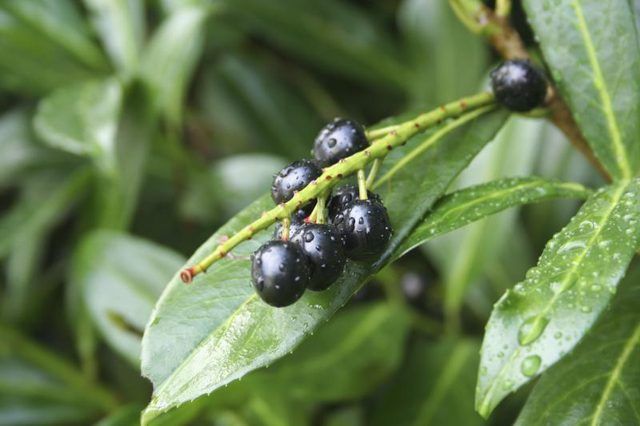Bulbs
Flower Basics
Flower Beds & Specialty Gardens
Flower Garden
Garden Furniture
Garden Gnomes
Garden Seeds
Garden Sheds
Garden Statues
Garden Tools & Supplies
Gardening Basics
Green & Organic
Groundcovers & Vines
Growing Annuals
Growing Basil
Growing Beans
Growing Berries
Growing Blueberries
Growing Cactus
Growing Corn
Growing Cotton
Growing Edibles
Growing Flowers
Growing Garlic
Growing Grapes
Growing Grass
Growing Herbs
Growing Jasmine
Growing Mint
Growing Mushrooms
Orchids
Growing Peanuts
Growing Perennials
Growing Plants
Growing Rosemary
Growing Roses
Growing Strawberries
Growing Sunflowers
Growing Thyme
Growing Tomatoes
Growing Tulips
Growing Vegetables
Herb Basics
Herb Garden
Indoor Growing
Landscaping Basics
Landscaping Patios
Landscaping Plants
Landscaping Shrubs
Landscaping Trees
Landscaping Walks & Pathways
Lawn Basics
Lawn Maintenance
Lawn Mowers
Lawn Ornaments
Lawn Planting
Lawn Tools
Outdoor Growing
Overall Landscape Planning
Pests, Weeds & Problems
Plant Basics
Rock Garden
Rose Garden
Shrubs
Soil
Specialty Gardens
Trees
Vegetable Garden
Yard Maintenance
Poisonous Cherry Laurel Trees
Poisonous Cherry Laurel Trees. Often crammed into hedges, cherry laurels (Prunus laurocerasus and Prunus caroliniana) are evergreens with glossy foliage and racemes of tiny white flowers in mid-spring followed by black fruits. You can rest on your laurels by growing them as less labor-intensive landscape trees instead. Prunus laurocerasus, also...

Often crammed into hedges, cherry laurels (Prunus laurocerasus and Prunus caroliniana) are evergreens with glossy foliage and racemes of tiny white flowers in mid-spring followed by black fruits. You can rest on your laurels by growing them as less labor-intensive landscape trees instead. Prunus laurocerasus, also known as English laurel, is perennial in U.S. Department of Agriculture plant hardiness zones 6 to 10. That makes it slightly more cold-tolerant than Prunus caroliniana or Carolina cherry laurel, which thrives in USDA zones 7 to 11. The leaves, stems, and seeds of both types are toxic.
Particulars
A bit larger in most respects than its Carolinian cousin, English laurel can reach 50 feet, with 3- to 7-inch leaves and 3- to 6-inch racemes of 1/2-inch, highly fragrant white flowers. The similar Carolina cherry laurel may attain 40 feet with 2- to 4-inch leaves and 3/16-inch white flowers in 1- to 3-inch racemes. Both species produce seedy, oval, 1/2-inch red fruits which ripen to blue-black. Both also prefer rich, well-drained and slightly acidic soil in full sun, but will tolerate shade -- and may need it in the hottest zones. They can self-sow and become invasive.
Pruning
If you wish your laurel to grow as a tree, prune it in late spring after it has finished flowering. Select the strongest and most central vertical shoot to be the trunk and lop off all the others at ground level. Then snip off any side branches on the lower one-third of the new trunk. Every spring, continue to prune any side branches from the lower one third of the trunk until the tree is about 5 feet tall. The following spring, select five of the strongest branches from the upper two-thirds of the tree -- evenly spaced around the trunk -- to be the scaffold. After pruning out all other branches in the canopy, cut the selected ones back by 3 to 5 inches.
Provision
You can feed your laurel in early spring with an organic granular fertilizer intended for evergreens such as 4-3-4. If the tree is mulched, rake back the mulch before applying 1 pound of fertilizer for every inch of its trunk’s diameter. Spread that fertilizer over the soil under the tree’s canopy, scratching and watering it in before replacing the mulch. After the laurel is established, it shouldn't require supplemental watering except during unusually dry periods, and may suffer from root rot in soggy soil.
Poison
The leaves, stems, and seeds of cherry laurels all contain prussic acid, otherwise known as cyanide. They can be extremely toxic, especially when the foliage is wilted, so be sure to keep any fallen branches cleaned up from lawns and pastures to avoid accidental ingestion by children or pets.